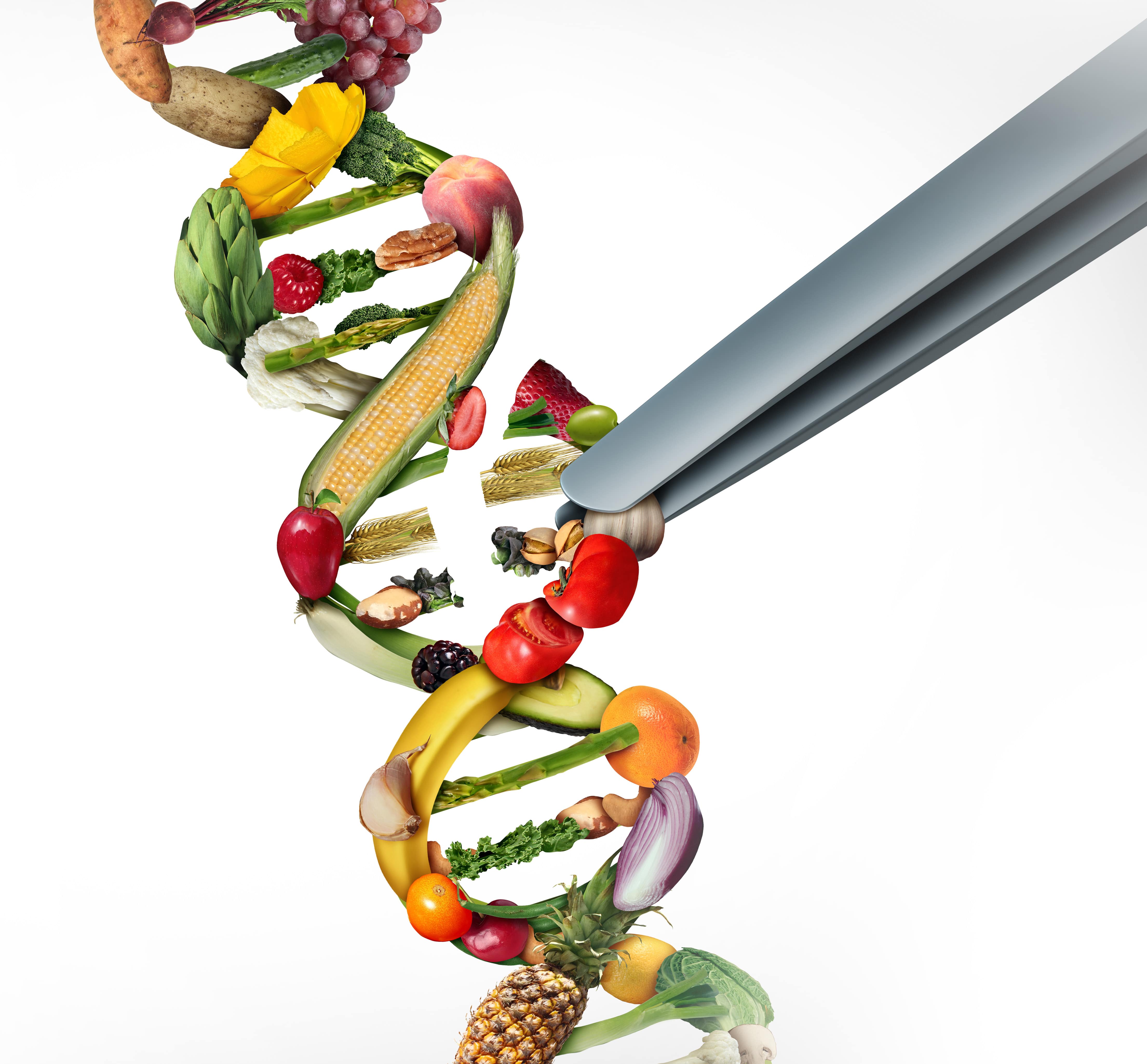Health is described in many ways, for example, it is considered as a dynamic condition of resilience to stressors and the possibility of recovering from everyday insults to maintain internal balance. On the other hand, it is also defined as a very positive concept that involves satisfactory states of physical, mental, economic, and social well-being.

On the other hand, diseases are abnormal states where the organism is compromised, either structurally or functionally (20).
All organisms known today have diseases, however, there are diseases that can cause premature death, for example, every year millions of people die from non-communicable diseases such as obesity, cardiovascular diseases, diabetes, kidney disease chronic, neurodegenerative diseases and many types of cancer.
Worldwide, patients with one or more non-communicable diseases represent more than 30% of the population, and 70 to 80% of public health resources are currently spent on the treatment of these diseases.
Premature mortality rates due to non-communicable diseases are very relevant and are considered a focus of attention for health authorities and the population in general, since, according to projections, by the year 2030, it is considered that the data will still become most worrying, representing 80% of all diseases in the world (7).
The main origins of these diseases are attributed especially to behavioral risk factors such as poor nutrition, high body mass index, smoking, drinking alcohol and performing little physical activity.
Therefore, the main measures to prevent projections from becoming real data are to modify behaviors such as diet.
In this regard, an adequate diet has symbolized the main object of protection or prevention of diseases and as a measure to achieve states of well-being and balance (10).

Within the approaches to support the treatment and prevention of diseases, several agents are being developed that are biologically composed of natural active ingredients such as nutraceuticals, which are consumed in the form of dietary supplements and/or as functional foods (8).
Molecular nutrition has opened a field of opportunities where in the prescription of a diet, each nutrient is not only part of the food to satisfy the appetite, but, through technical knowledge of its functioning at the cellular and organism level, can be considered the first actor in the prevention of diseases, becoming a drug in itself: “Let your food be your medicine and your medicine your food” (Hippocrates, father of modern medicine in the year 460 BC).
The enikia formulation was carefully selected by identifying mechanisms that trigger the most common non-communicable diseases such as obesity and diabetes.
The components of the enikia formula were evaluated in different study models, individually and as a complete formula, until the best effects were identified in systems that mimic disease states (as a way to improve disease symptoms) and in subjects healthy (as a form of prevention) (1, 12).
Enikia actively participates to promote well-being and balance by stimulating cellular cytoprotection against oxidation and chronic inflammation mechanisms, as well as the reactivation of several enzymatic cycles related to the metabolism of sugar, fatty acids and cholesterol, increasing the energy available in cells for greater functionality and vitality.
The examples of administration of the formula demonstrate that its intake is useful in healthy people, and in sick patients, it normalizes altered functions related to negative factors of diabetes, obesity and/or metabolic syndrome (1, 12).


